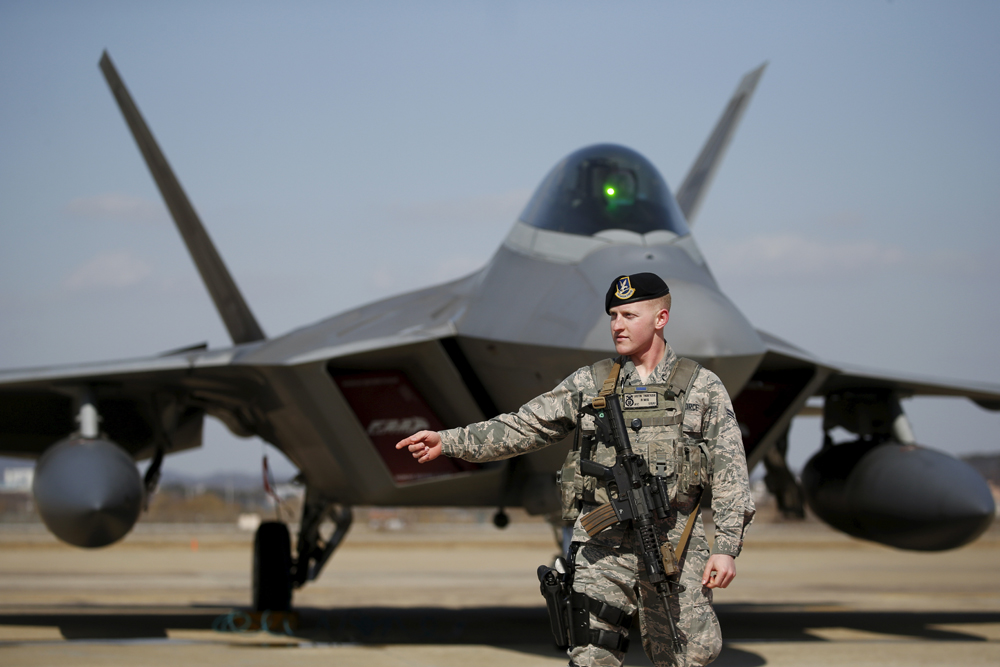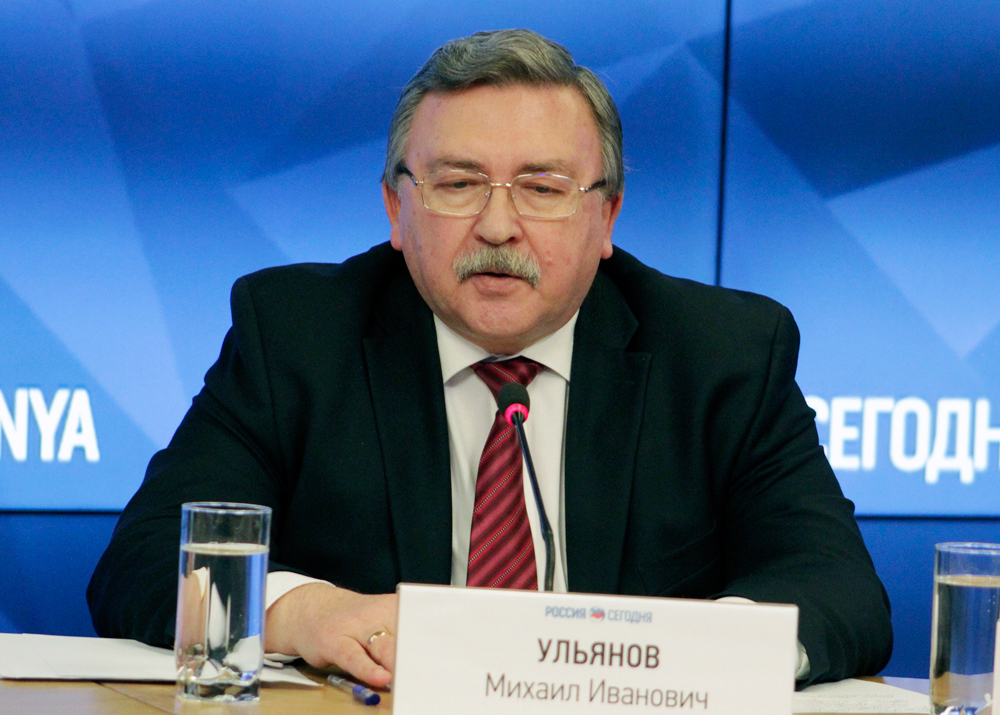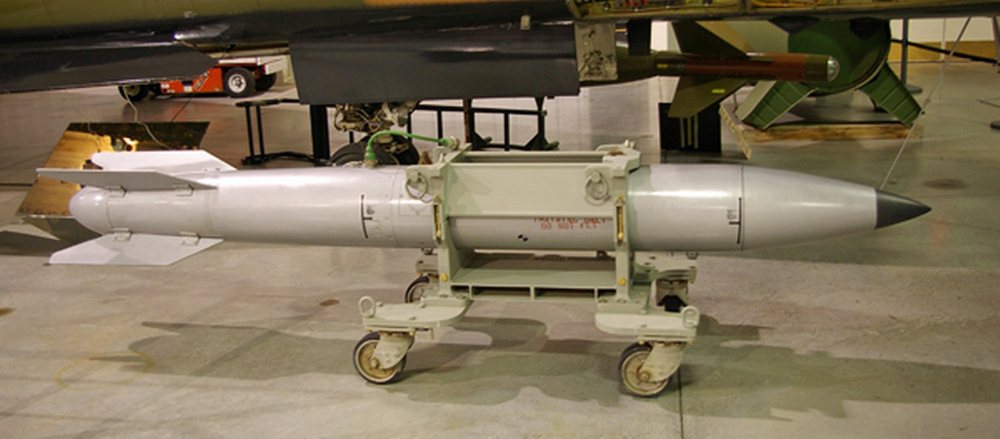
The U.S. has begun modernizing its nuclear aerial bombs in Europe.
ReutersIn a recent interview, U.S. Under Secretary for Arms Control and International Security Rose Gottemoeller said that the modernization of American tactical weapons in Europe will help the U.S. reduce the overall amount of nuclear bombs located on the European continent and will not lead to the increase of these weapons' military potential. How would you comment on this?
It’s true that, in accordance with the updated 2010 nuclear doctrine, the U.S. has begun modernizing its nuclear aerial bombs in Europe, and is planning to create a unified B61-12 version based on the already existing four B-61 versions.
The new bomb, which will supposedly go into service in 2020, will have increased precision and will be suitable for both strategic and tactical aviation.
 Mikhail Ulyanov. Source: EPA
Mikhail Ulyanov. Source: EPA
The U.S. is trying to create the impression that there is nothing extraordinary about this.
However, the analysis of the characteristics of the new aerial bombs indicates that putting them into service may considerably lower the threshold for the use of nuclear weapons. Instead of being a means of deterrence, such weapons are potentially becoming battlefield weapons, as was the case during the Cold War.
It is not by chance that in November 2014 former commander of the U.S. strategic command General James Cartwright said that as a result of modernization the B-61 bombs can become "more usable."
A very worrying statement was also made by former U.S. Under Secretary of Defense for Policy James Miller in January 2015.
He said that the presence of nuclear weapons with less capacity would help reduce the number of civilian victims in case they are used. He even called it a more "reliable and ethical" approach.
This sounds rather cynical since translated into normal language it means that American specialists close to the U.S. administration believe that the use of the new aerial bombs is more likely and more acceptable. In any case, the temptation to employ these weapons in certain situations may significantly increase.
According to the Federation of American Scientists, the overall amount of unified aerial bombs should be about 400 units, while currently there about 200 of them in Europe. It is possible that part of them will be stored on U.S. territory.
Do any international legal restrictions exist on the modernization of nuclear arsenals?
No, they do not. In principle, modernization is acceptable. What is particular though is that with the current U.S. administration it has assumed an unprecedented scale.
Basically, almost all the key elements of the American nuclear triad are being renovated simultaneously. New carriers are being created – the strategic bomber, the submarine and the intercontinental ballistic missile, as well as the new nuclear weapons they'll carry.
 A B-61 bomb. Source: Archive photo
A B-61 bomb. Source: Archive photo
Besides the modernization of nuclear bombs, the Pentagon also plans to create a new nuclear guided missile. The total cost of the development, preparation and exploitation of these systems is estimated at about $1 trillion.
Yet there is a clear discrepancy between America's public declarations about the upcoming establishment of a nuclear-free world and its real policy in this sphere. It is enough to say that the realization of the entire modernization program will help the U.S. guarantee the effectiveness of all its nuclear weapons by 2070-80. By that time perhaps a new round of modernization will have arrived.
As for U.S. nuclear aerial bombs in Europe, in the context of your question I cannot help but say that their very existence, or, to be precise, the practice of handling them within the framework of NATO, violates the first two articles of the Treaty on the Non-Proliferation of Nuclear Weapons.
In accordance with the articles, the nuclear powers committed themselves not to transfer – directly or indirectly – nuclear weapons to non-nuclear states, while the latter committed themselves not to receive such weapons, directly or indirectly.
These bans are being fully ignored in the course of NATO's "joint nuclear missions," as part of which pilots from the alliance's non-nuclear member countries are learning how to manage and use nuclear weapons.
In parallel with U.S. measures to modernize the aforementioned aerial bombs, five European states where these weapons have been placed are starting to upgrade their delivery aircraft fleets. Thus, NATO has embarked on a path towards a long-term breach of the NPT obligations.
What measures can Russia take in the event the B61-12s are deployed in Europe?
This question is more for my military colleagues. I can only say that as a rule in the military sphere each action generates a counteraction. I am convinced that Russia's response to putting new American aerial bombs into service will be appropriate, and its parameters will be determined by taking careful note of all circumstances.
First published in Russian in Kommersant.
All rights reserved by Rossiyskaya Gazeta.
Subscribe
to our newsletter!
Get the week's best stories straight to your inbox